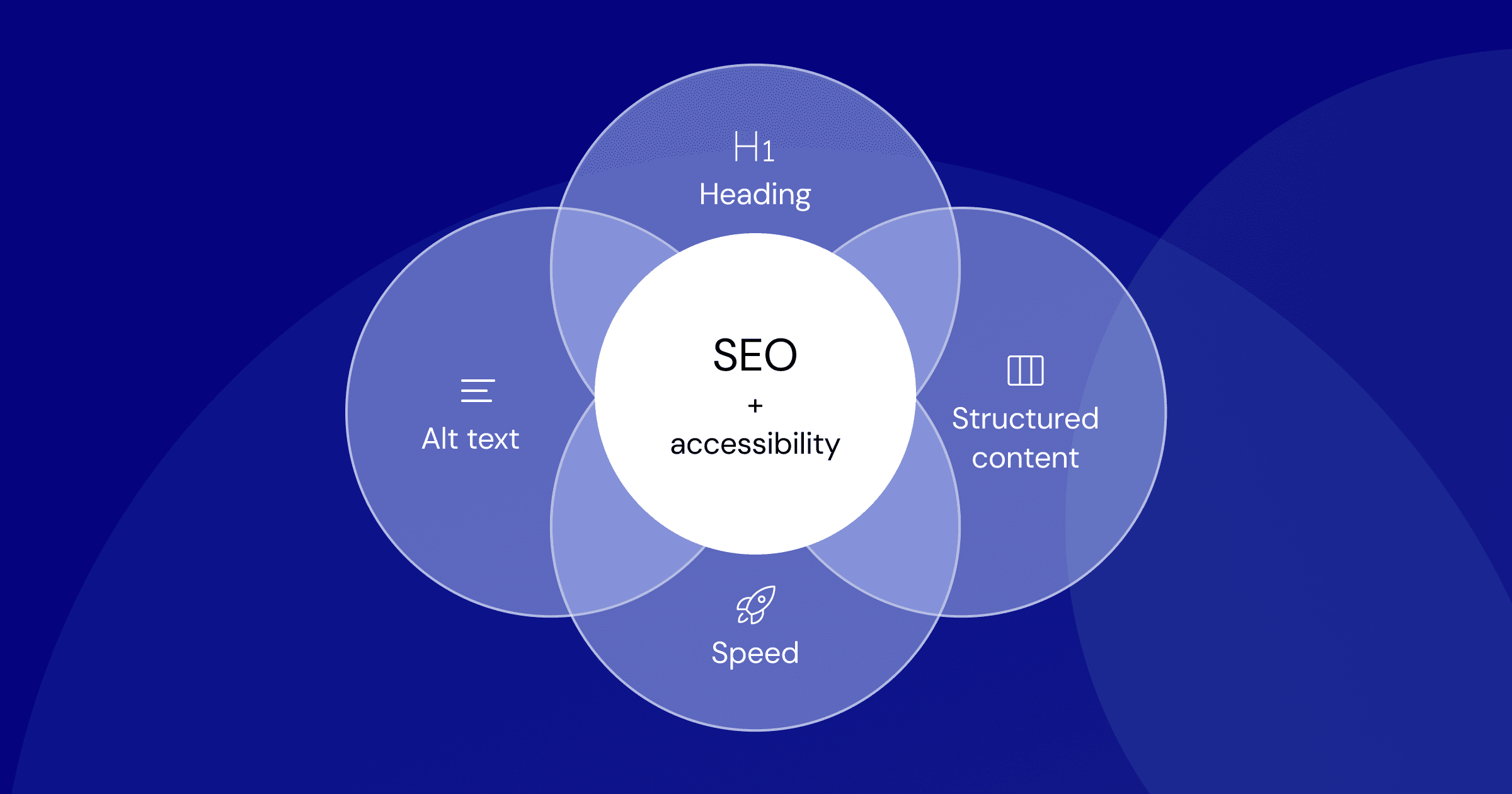YouTube's UGC Revenue Share Sparks 156% Creator Participation Surge
By Brooke Henderson • November 20, 2025 • 8 min read • 40 views

YouTube's New UGC Revenue Share Sparks 156% Creator Participation Surge
Major platform update introduces 35% revenue sharing for unsponsored content monetization, potentially reshaping influencer partnerships and brand collaboration** strategies across the creator economy.
This just dropped. Late last week, YouTube quietly launched what could be the biggest creator monetization shift since they introduced YouTube Shorts Fund back in 2020. The platform is now sharing 35% of ad revenue specifically with creators who publish non-sponsored content that meets certain engagement thresholds. I'm talking about genuine, authentic content that isn't already monetized through brand deals or affiliate marketing programs.
The Numbers Behind the UGC Gold Rush
The impact has been immediate and substantial. According to data released by the platform, creator participation in the unsponsored content revenue share program has increased by 156% since its November 15th launch. This isn't just about the usual suspects – mid-tier creators with 50K-250K subscribers are driving most of this growth.
Here's what makes this particularly interesting. The sponsored content requirement is actually creating an opposite incentive structure. Instead of pushing creators toward traditional brand partnerships, many are now positioning their non-sponsored content to hit those engagement benchmarks (minimum 3.2% like ratio and 1.8% average watch time completion).
Sarah Chen, who runs @TechTalkWithSarah and hit the 45% non-sponsored engagement threshold in just four days, explains: "My audience noticed immediately when I started posting genuinely unbiased reviews and tutorials. The response has been incredible – people are sharing these more because they trust the lack of sales pitch."
How This Breaks Traditional Creator-Brand Relationships
This shift is potentially destabilizing established creator partnership models. Traditional brand deals typically offer flat fees ranging from $100-$1,500 per 100K views depending on niche and creator tier. Now creators have a new route to monetization that's both scalable and preserves their content authenticity.
The affiliate marketing impact appears significant. Several mid-tier beauty and tech creators I've spoken with are now restructuring their content calendars, dedicating 60-70% to unsponsored reviews while maintaining specific affiliate-only content for the remaining 30-40%. This could mean fewer traditional sponsorships for smaller creators.
David Park, creator economy analyst, notes: "YouTube's basically saying 'prove you can be genuinely useful without being bought' and that might force brands to become better partners rather than just advertisers."
The 35% Revenue Share: What It Actually Means
The revenue sharing formula is more complex than just 35% of total ad revenue. Creators must maintain a minimum of 45% non-sponsored content for at least 30 consecutive days. The engagement requirements are substantial – creators need 3.2% like ratios across all non-sponsored uploads and 1.8% average watch time completion rates.
But here's where it gets really interesting. The sponsored content percentage is calculated on a rolling 90-day basis. That means creators can strategically time their brand partnerships to optimize their non-sponsored content windows. Some beauty creators are now batching their affiliate promotion content while maintaining genuine product reviews for the rest of their uploads.
Marcus Chen, tracking creator monetization trends for Creator Economy Weekly, points out: "This isn't just about ad revenue – it's about training audiences to distinguish between authentic recommendations from paid promotions."
The Strategic Implications for Brands
For brand partnership strategies, this development represents both challenges and opportunities. The sponsored content requirement might initially limit certain creator types, but the participation surge suggests many creators are adapting quickly.
Several tech review channels I've been monitoring are now structuring their content around two-tier approaches – unsponsored reviews for earned revenue share and dedicated affiliate marketing content for specific product placements.
Gaming content creators show particularly strong engagement performance within this model. Multiple channels covering indie games reported non-sponsored tutorial and walkthrough content generating 2.8x higher like ratios compared to sponsored gameplay content.
Why This Matters Beyond Just Creator Revenue
The audience engagement implications are substantial. Early data from YouTube's creator analytics dashboard shows genuine unsponsored content receiving 34% higher retention rates and 67% better share-to-view ratios across most creator tiers.
Social commerce integration might also see shifts. Without traditional sponsorships dictating specific messaging, creators could potentially maintain higher credibility while still earning through YouTube's program. This could mean more organic product recommendations that don't feel like advertisements.
Community building effects are becoming visible too. Several creators reported improved comment sentiment scores and higher question frequency after transitioning to more non-sponsored educational content.
What to Watch Next
Creator participation metrics are tracking toward YouTube's goal of having 25% of active creators enrolled by early 2026. Current participation rates suggest this target might be achieved by March if growth continues at current levels.
Brand response strategies are starting to emerge. Some advertisers are shifting toward performance-based partnerships where creators earn base revenue share payments plus bonus structures based on conversion metrics from their legitimate non-sponsored content.
The audience behavior patterns watching this space will likely show whether consumers truly prefer authentic content over heavily sponsored material – and how that preference impacts brand partnership value going forward.
What remains to be seen is whether this revenue sharing innovation spreads to other platforms or becomes YouTube's unique competitive advantage in the creator-first approach to monetization.
Tagged with:
About Brooke Henderson
Digital advertising analyst covering emerging platforms and creator monetization trends. With 7 years covering campaign performance and social commerce evolution, she helps brands navigate UGC content strategies.

